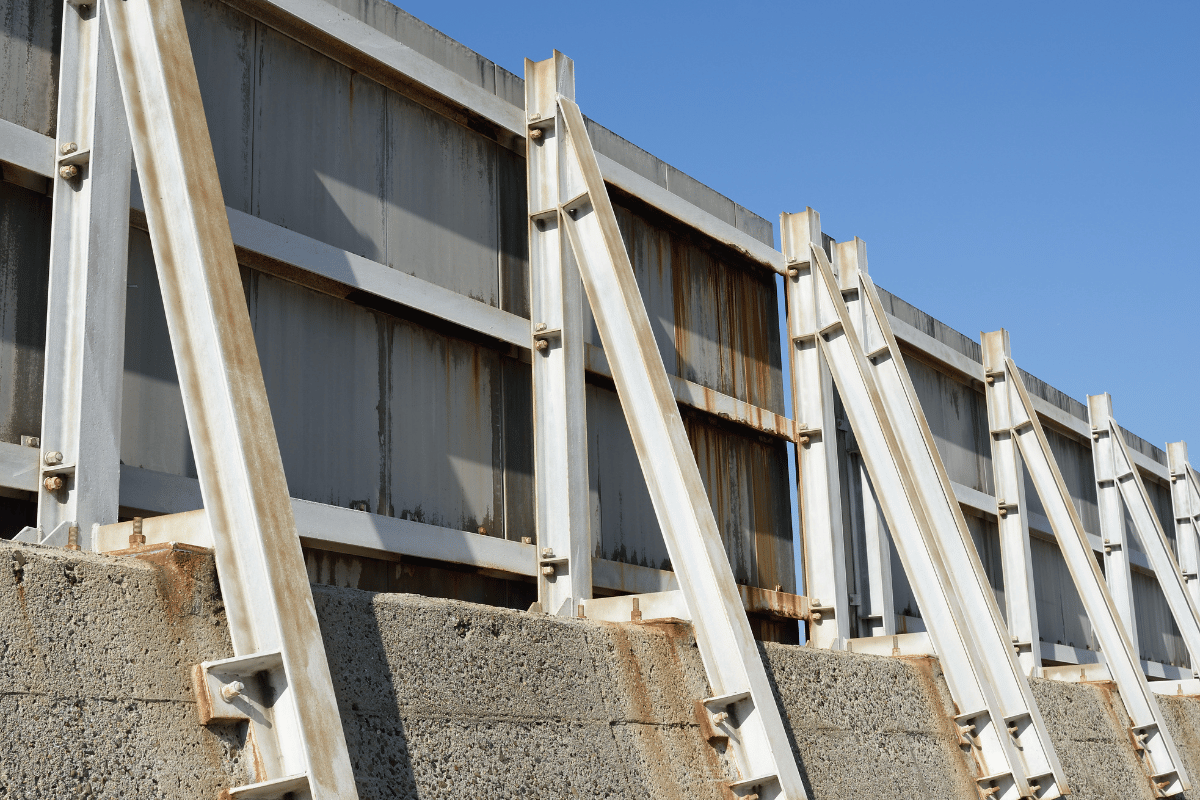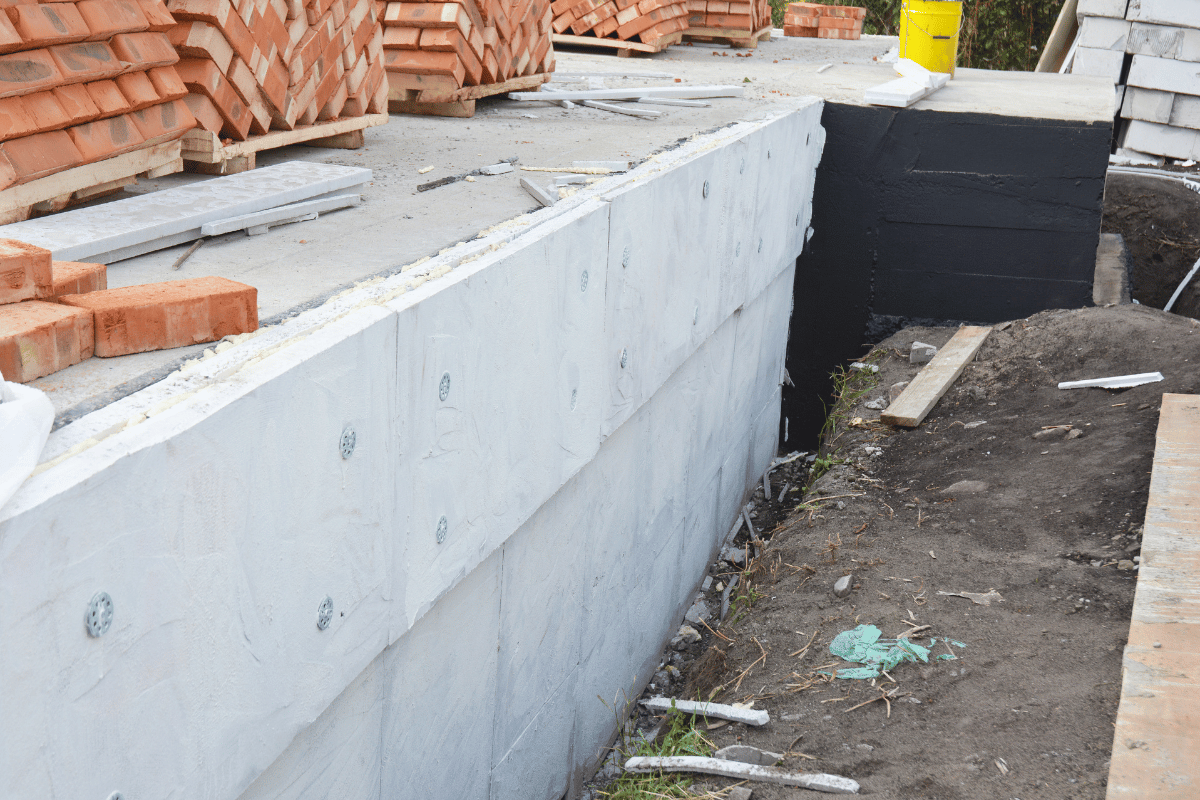If you’re a homeowner or business owner in Texas, you know that the extreme temperatures and weather conditions can take a toll on your concrete surfaces. Over time, these surfaces can become uneven or sunken, causing safety hazards and damaging vehicles. One solution for repairing these issues is concrete lifting.
But what is the cost of concrete lifting and leveling in Texas? Is it worth it?
What is Concrete Lifting?
Concrete lifting is the process of lifting and leveling sunken or uneven concrete surfaces. It is often used to repair driveways, sidewalks, patios, and other concrete surfaces.
The process involves injecting a polyurethane foam or cement-based grout under the surface of the concrete, filling any voids or spaces and causing the concrete to rise and become level again.
Factors That Affect the Cost of Concrete Lifting in Texas
- Extent of the Damage: The cost of concrete lifting will depend on the extent of the damage. A small, isolated area of damage will be less expensive to repair than a large, widespread area.
- Type of Material: The type of material used for the repair can also affect the cost. Polyurethane foam is generally more expensive than cement-based grout, but it is also more effective and longer-lasting.
- Location: The location of the repair can also affect the cost. Urban areas may have higher labor and material costs compared to rural areas.
- Access: The access to the repair area can also impact the cost. If the repair area is difficult to access, it may require additional labor and equipment, increasing the overall cost.
Is Concrete Lifting Worth the Cost in Texas?
Overall, the cost to lift concrete in Texas will depend on the extent of the damage and the factors listed above. In general, concrete lifting is a cost-effective solution for repairing sunken or uneven concrete surfaces. It requires less labor and materials compared to completely replacing the concrete, and it can be completed in a shorter time frame.
Concrete lifting is also a durable and long-lasting solution. The foam or grout used in the process is resistant to water, insects, and extreme temperatures, making it a reliable choice for concrete repair.
In addition, concrete lifting is an environmentally friendly option. The foam used in the process is made from recycled materials and does not produce any harmful byproducts during the application process.
Conclusion
The cost of concrete lifting in Texas will vary depending on the extent of the damage and other factors. In general, concrete lifting is a cost-effective, durable, and environmentally friendly solution for repairing sunken or uneven concrete surfaces. If you’re considering concrete lifting for your home or business, it’s a good idea to consult with a professional concrete repair company to get an accurate cost estimate.







Recent Comments